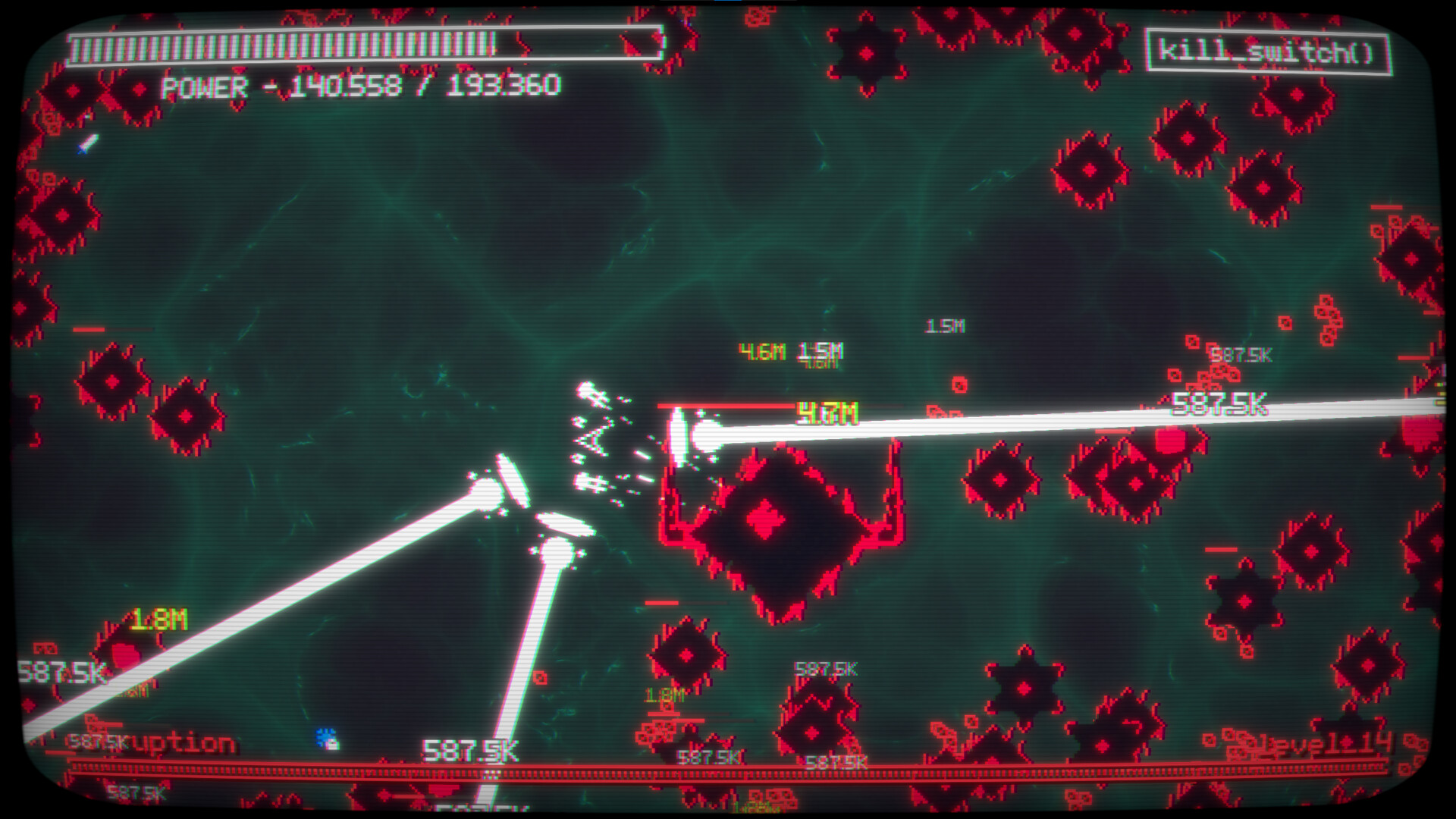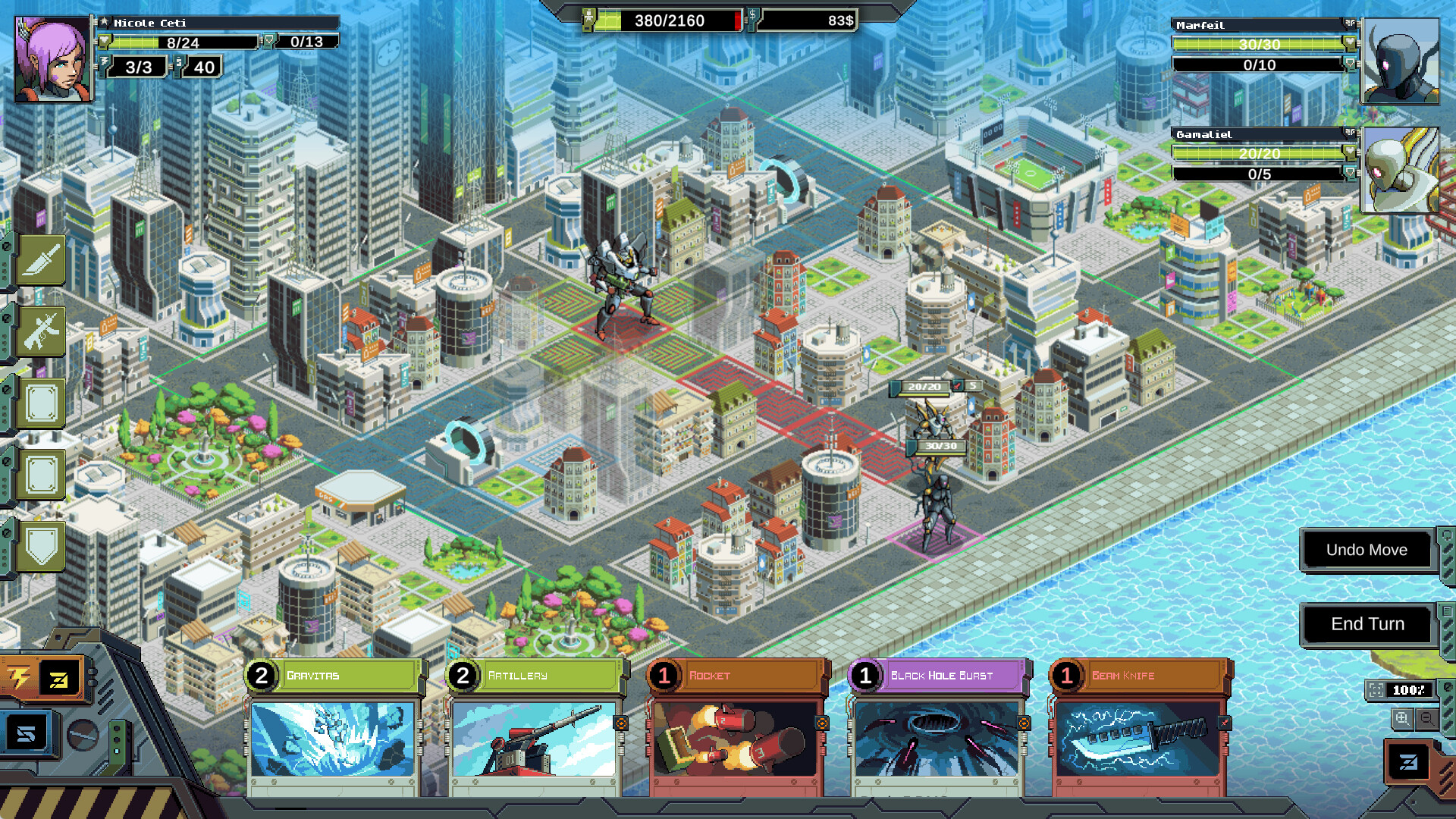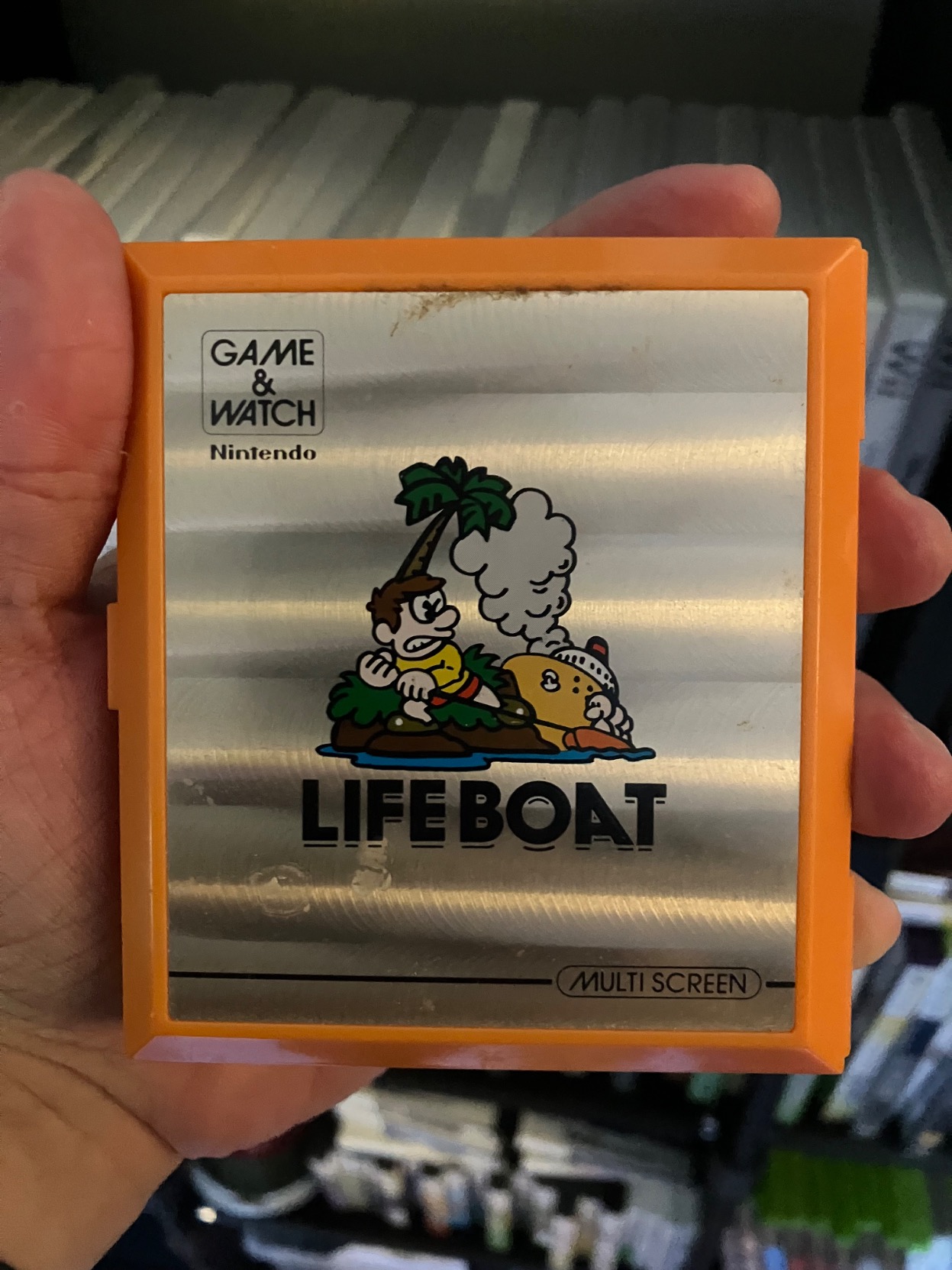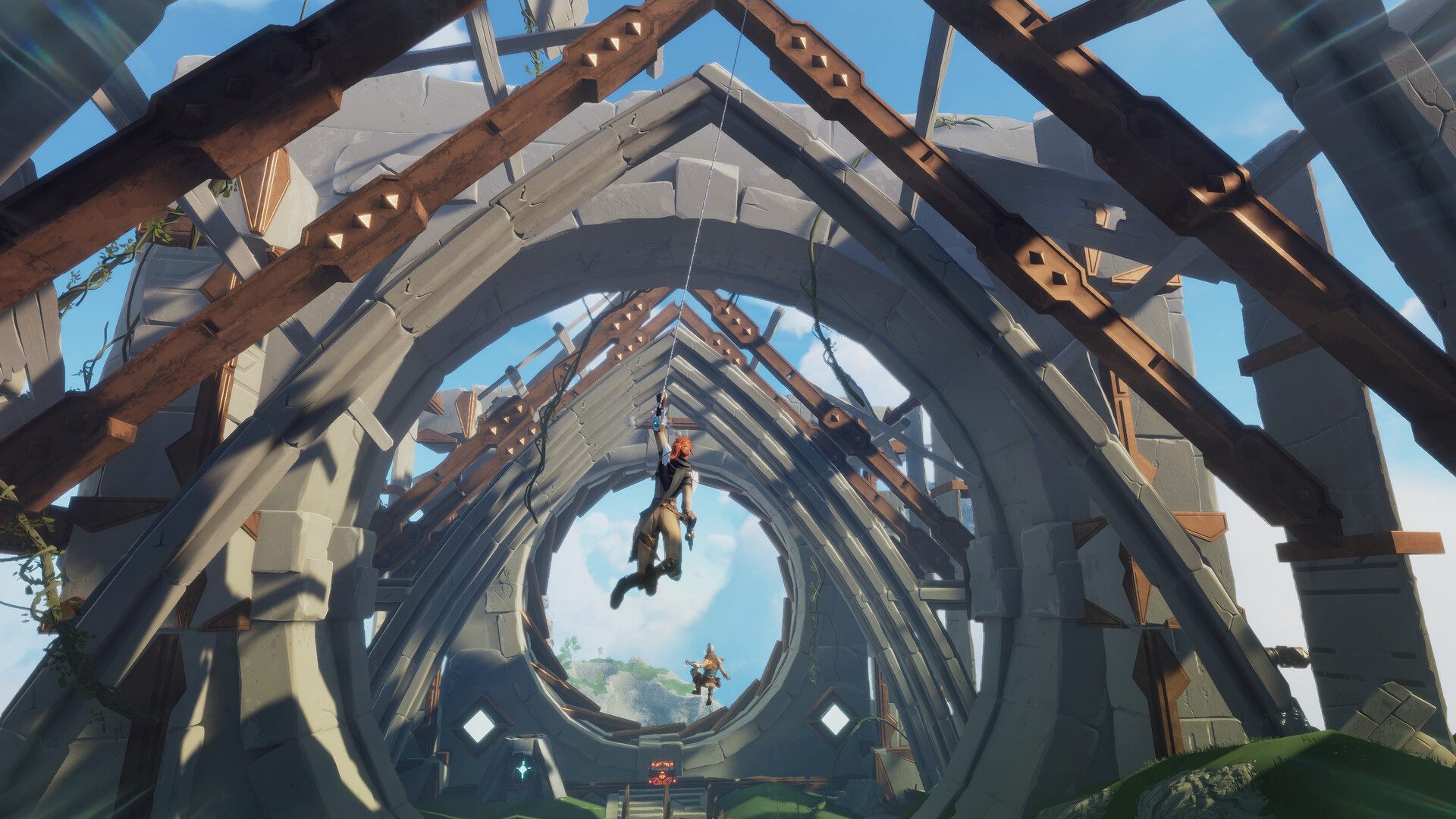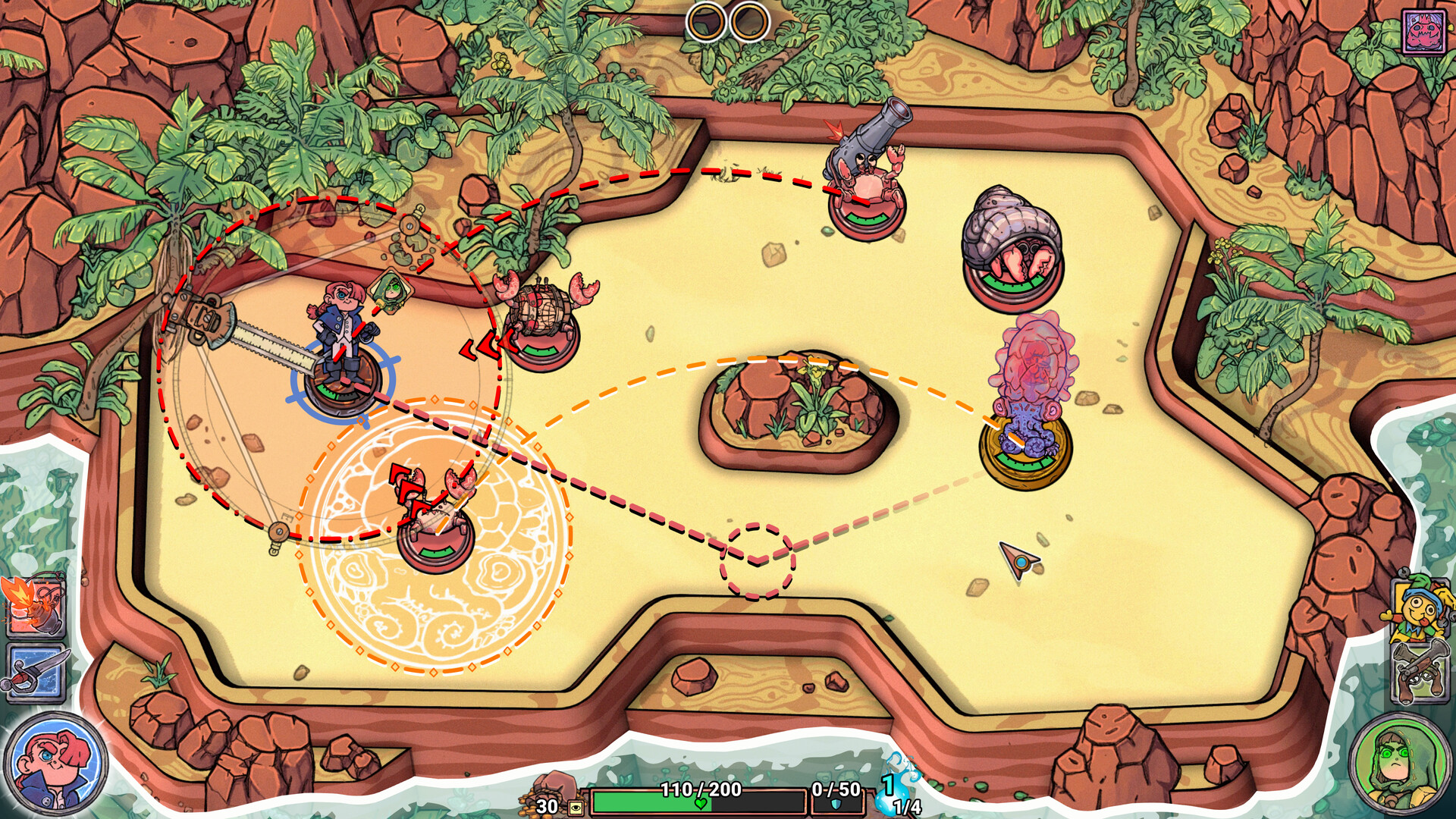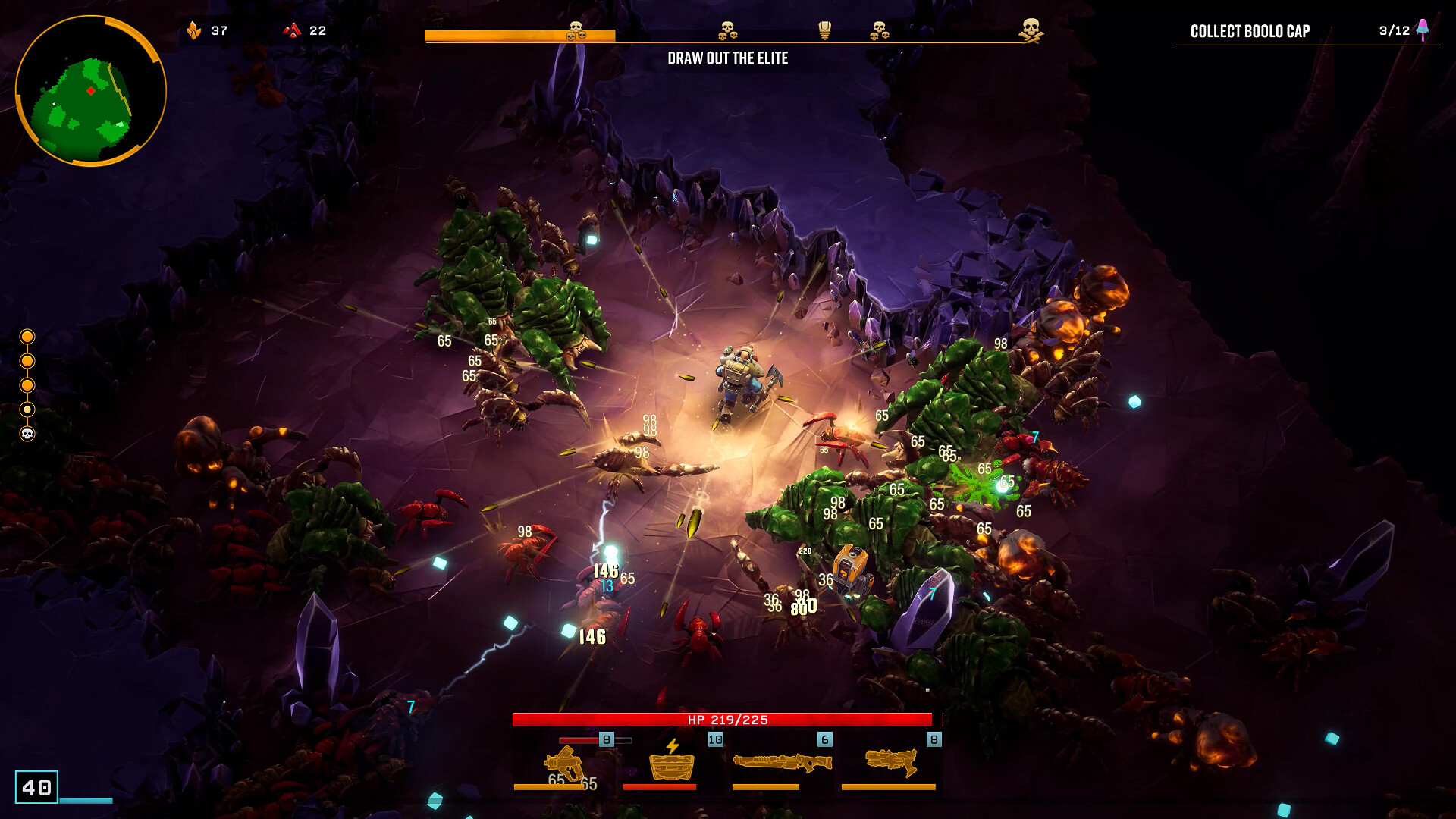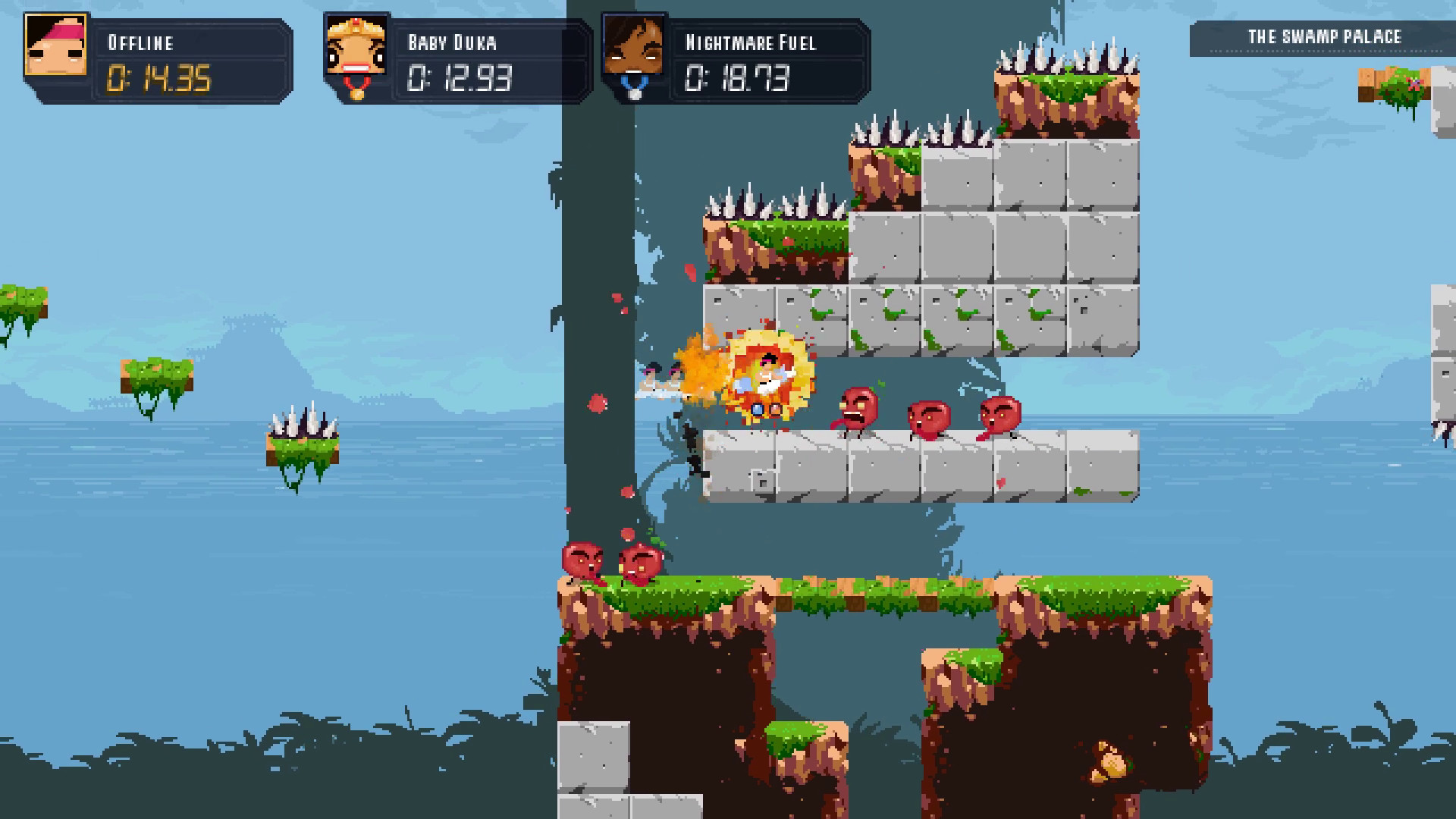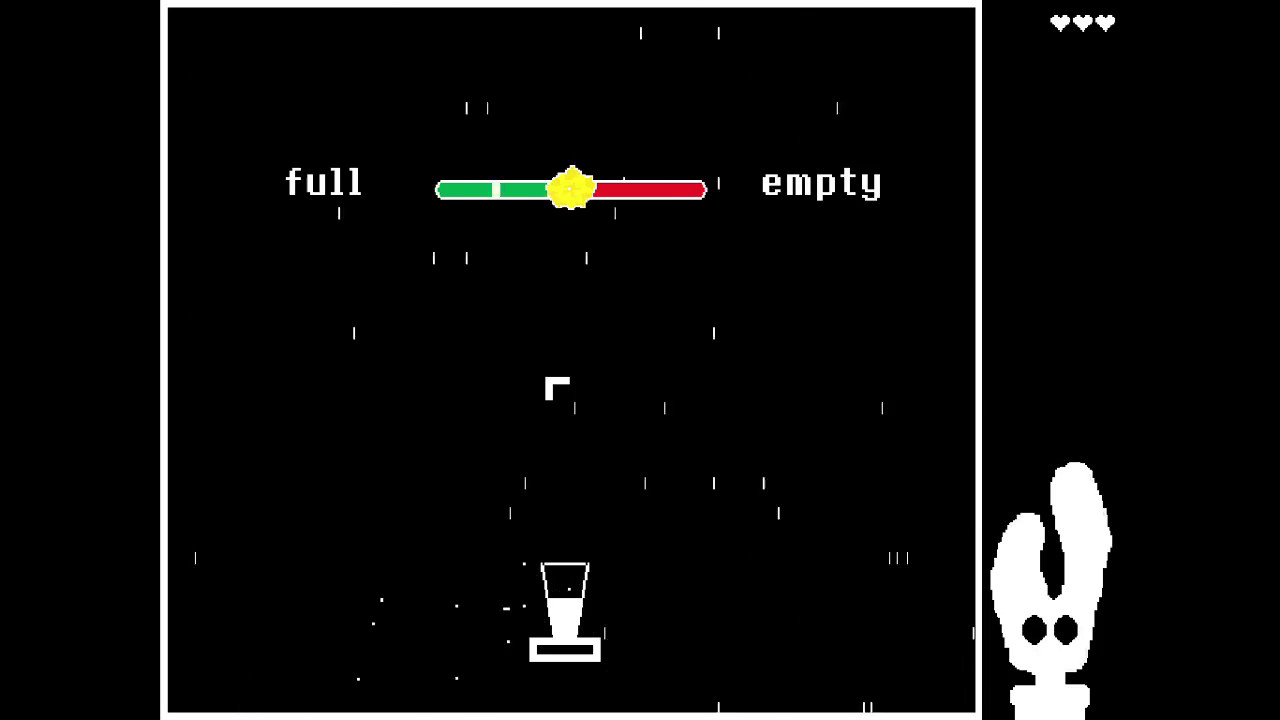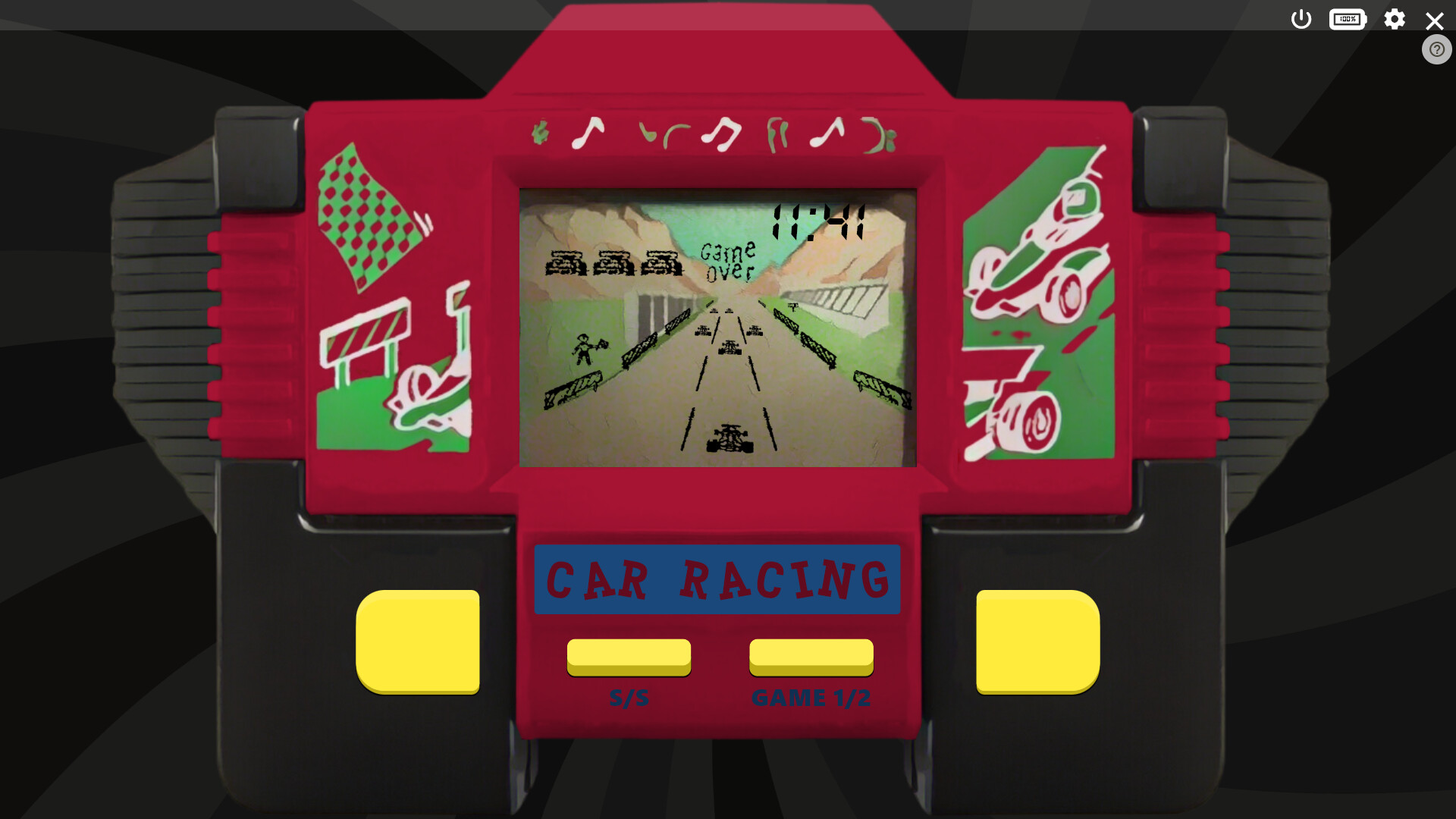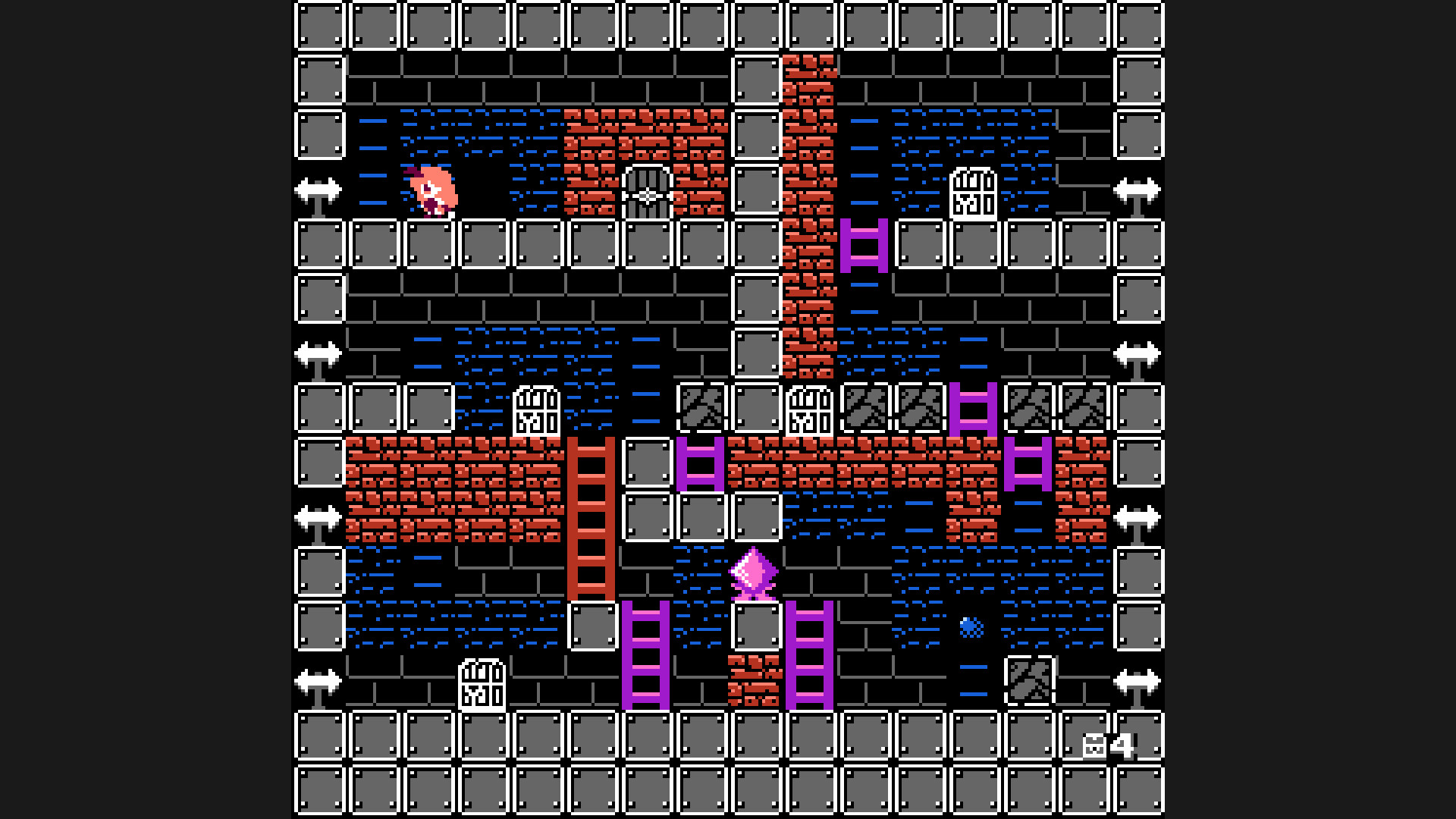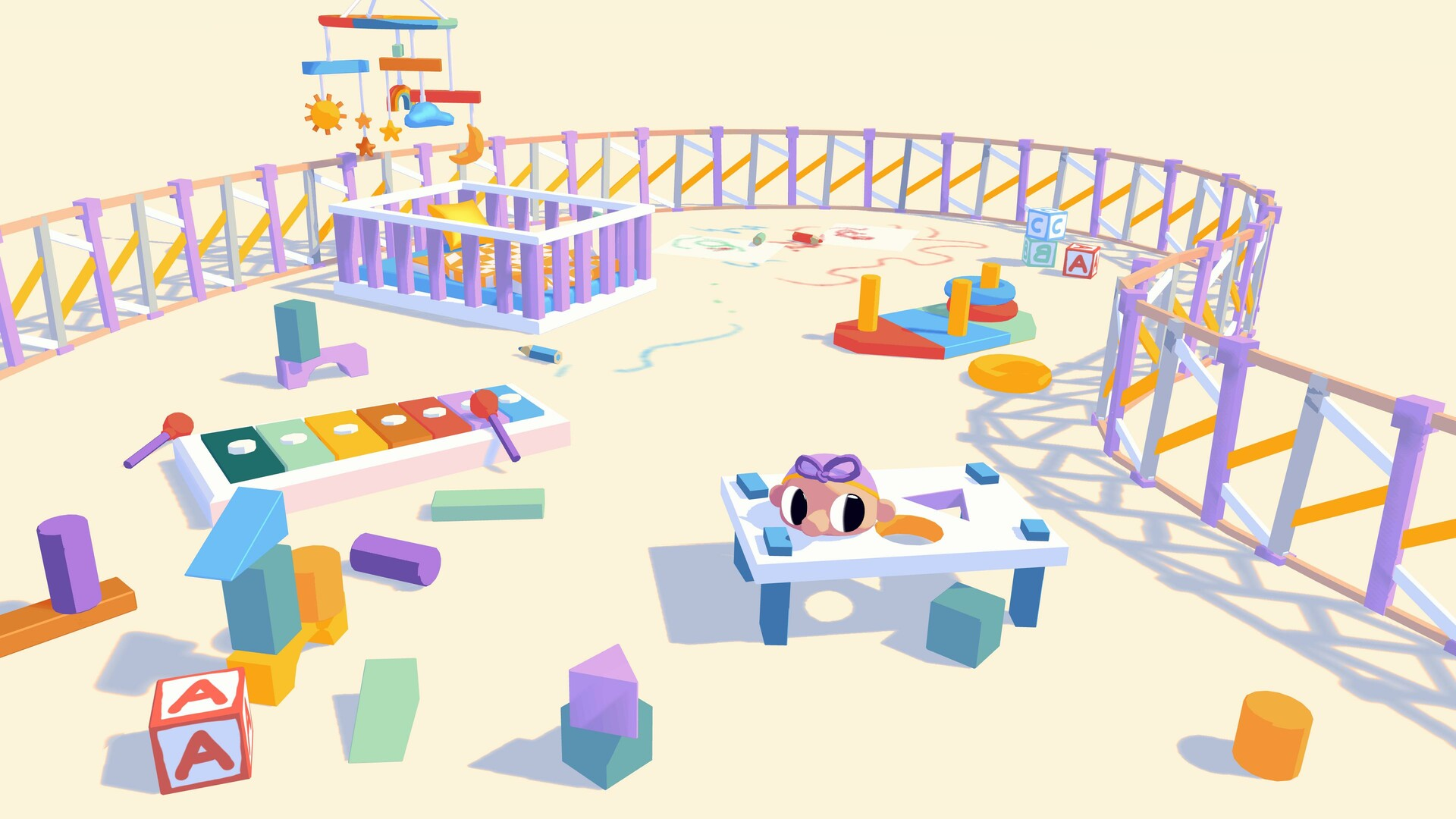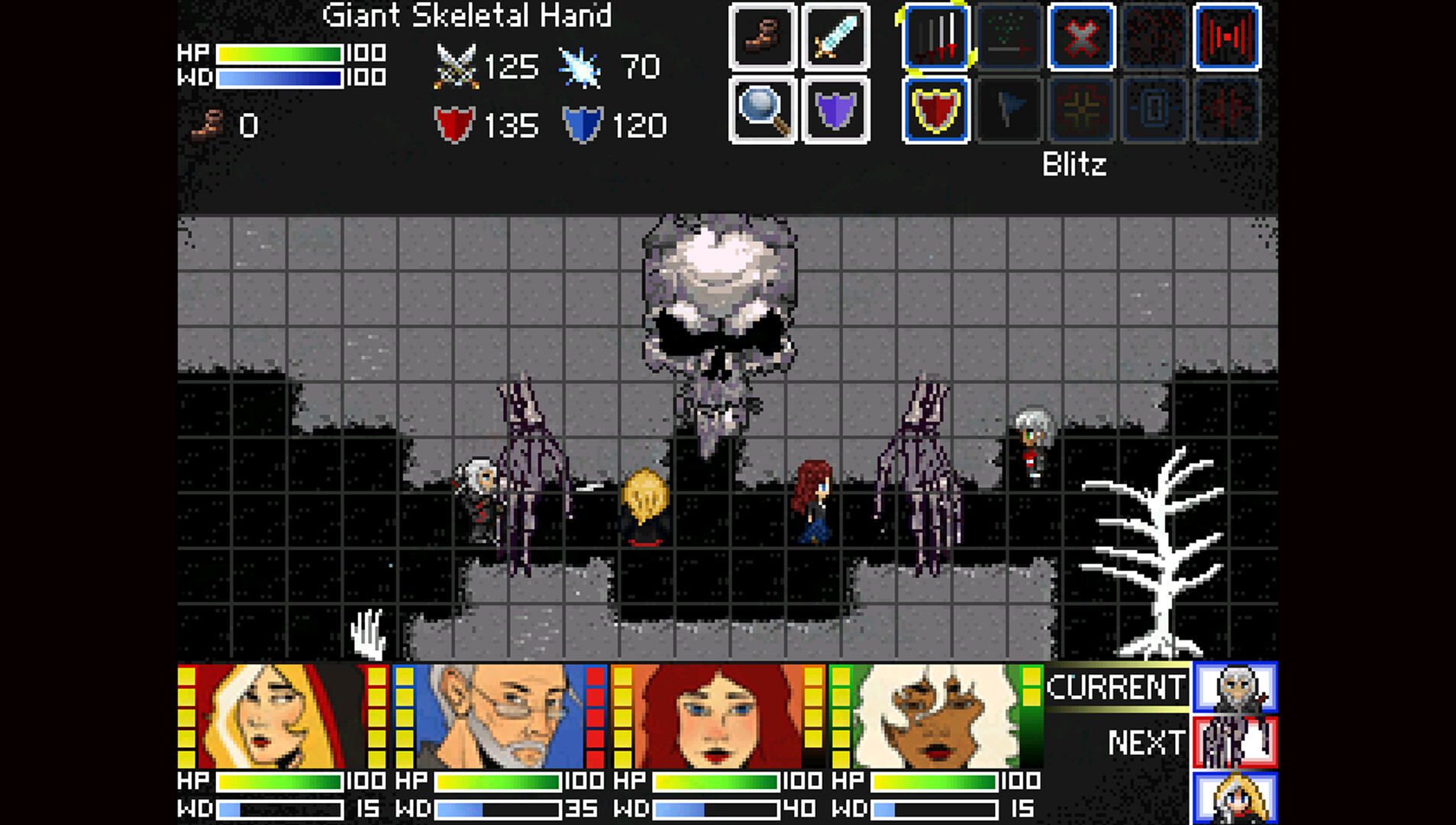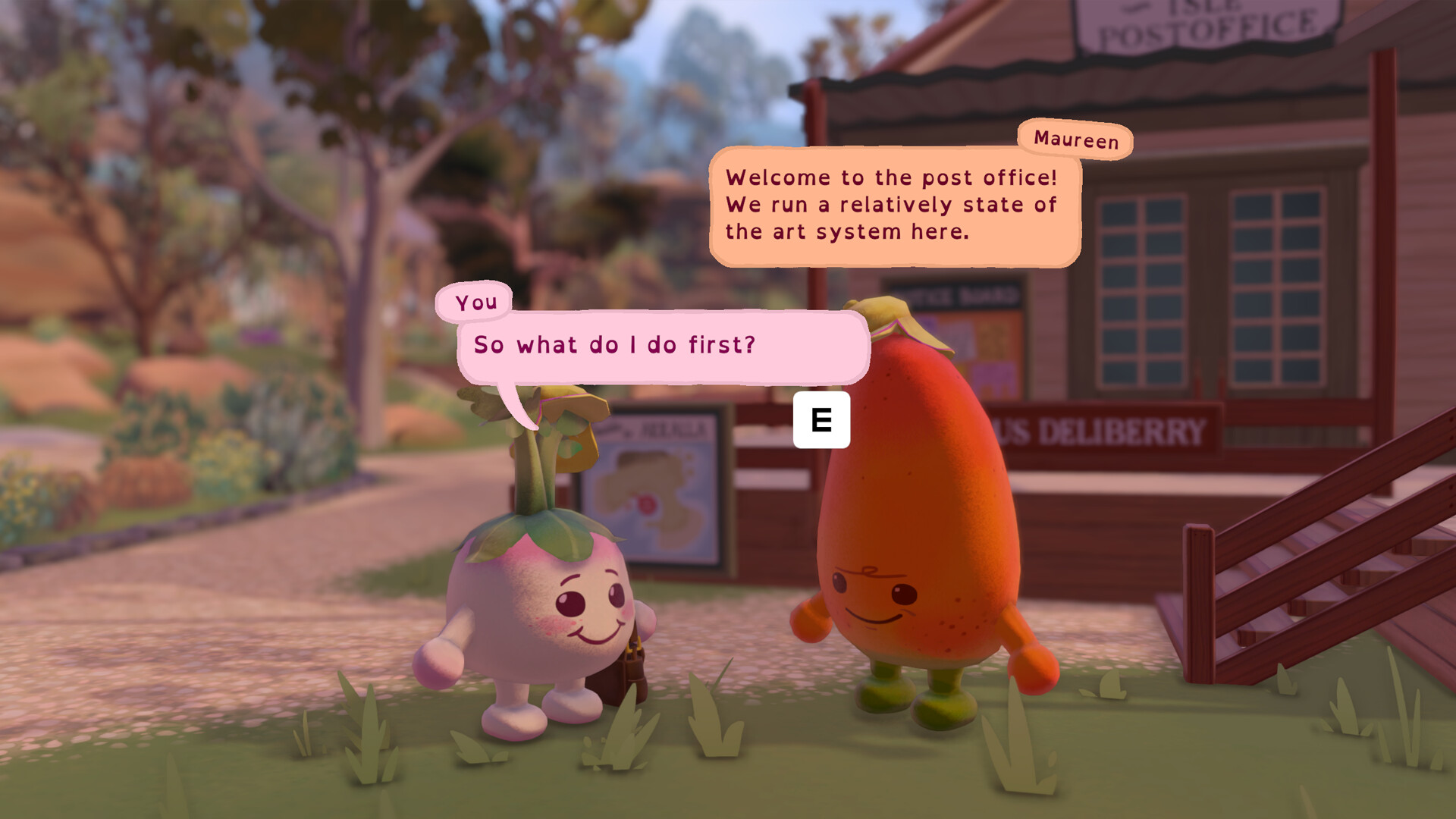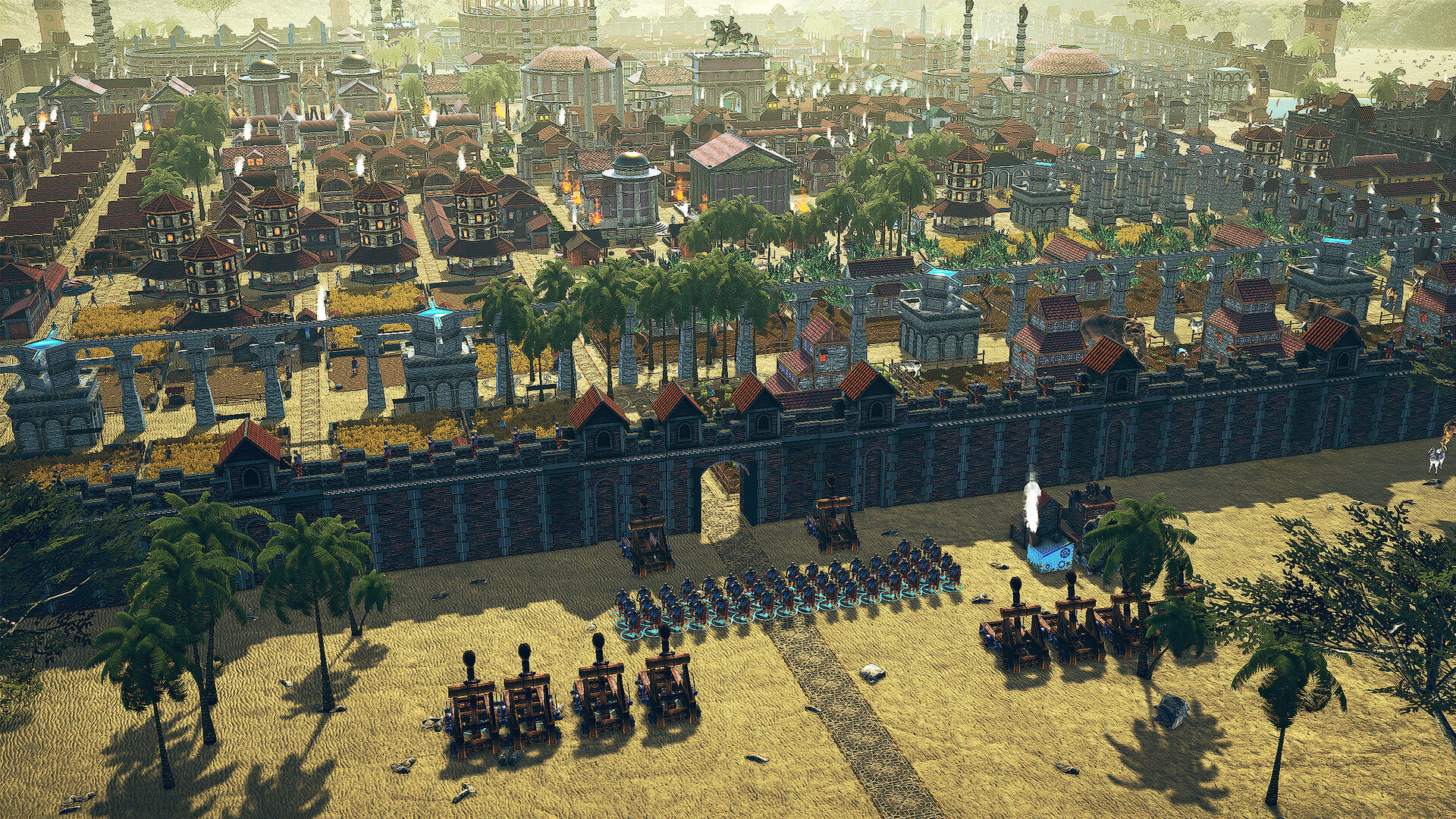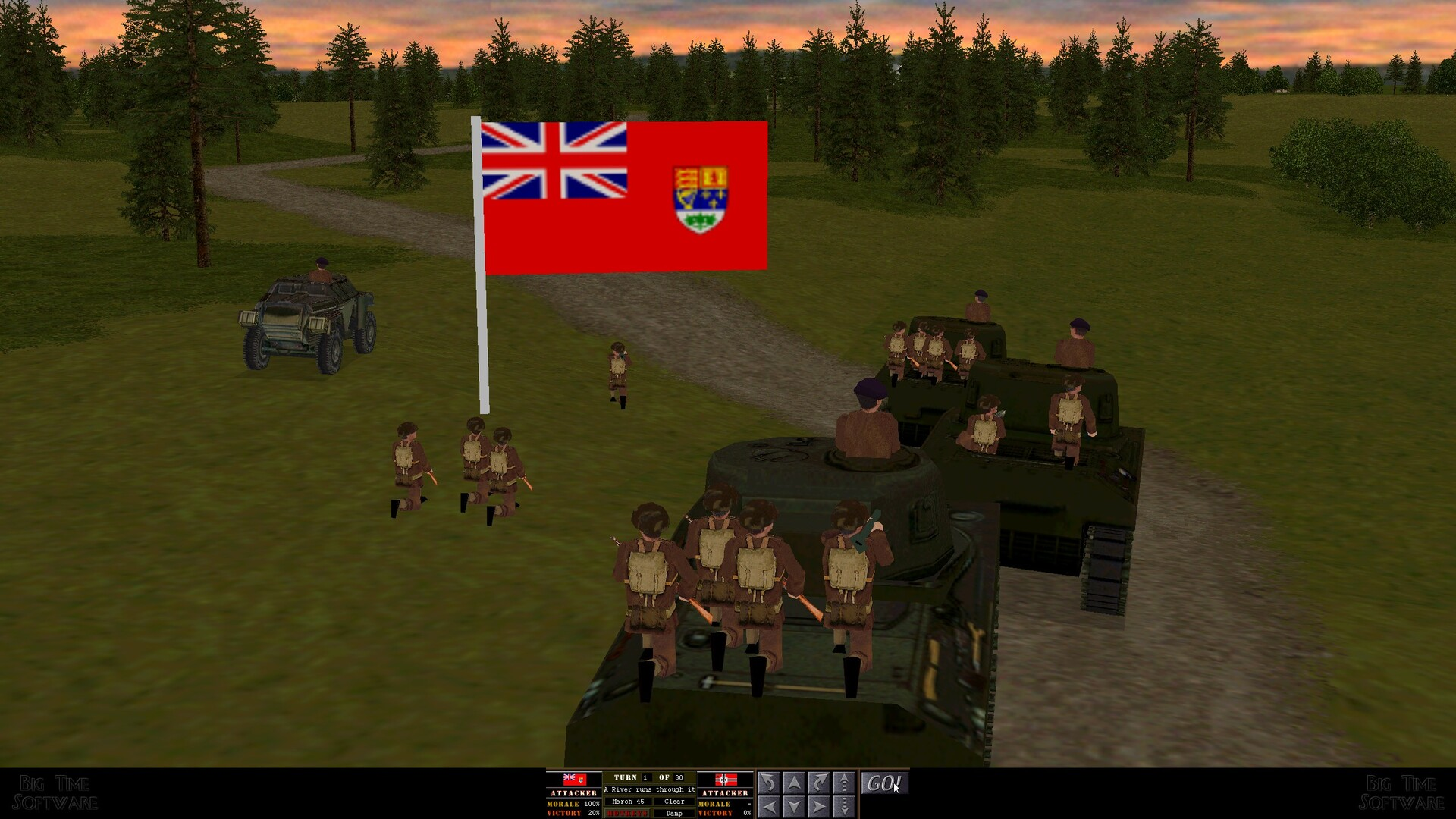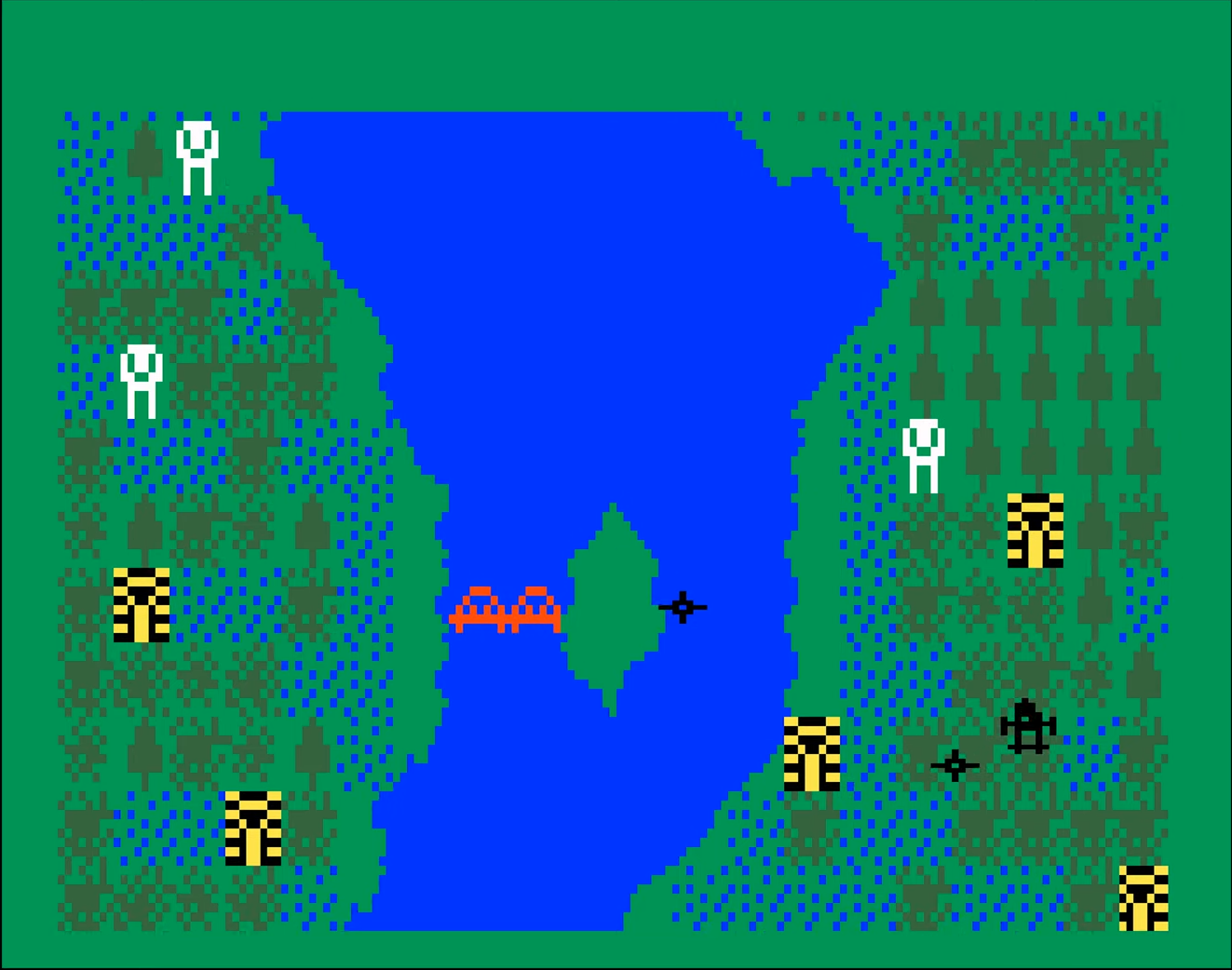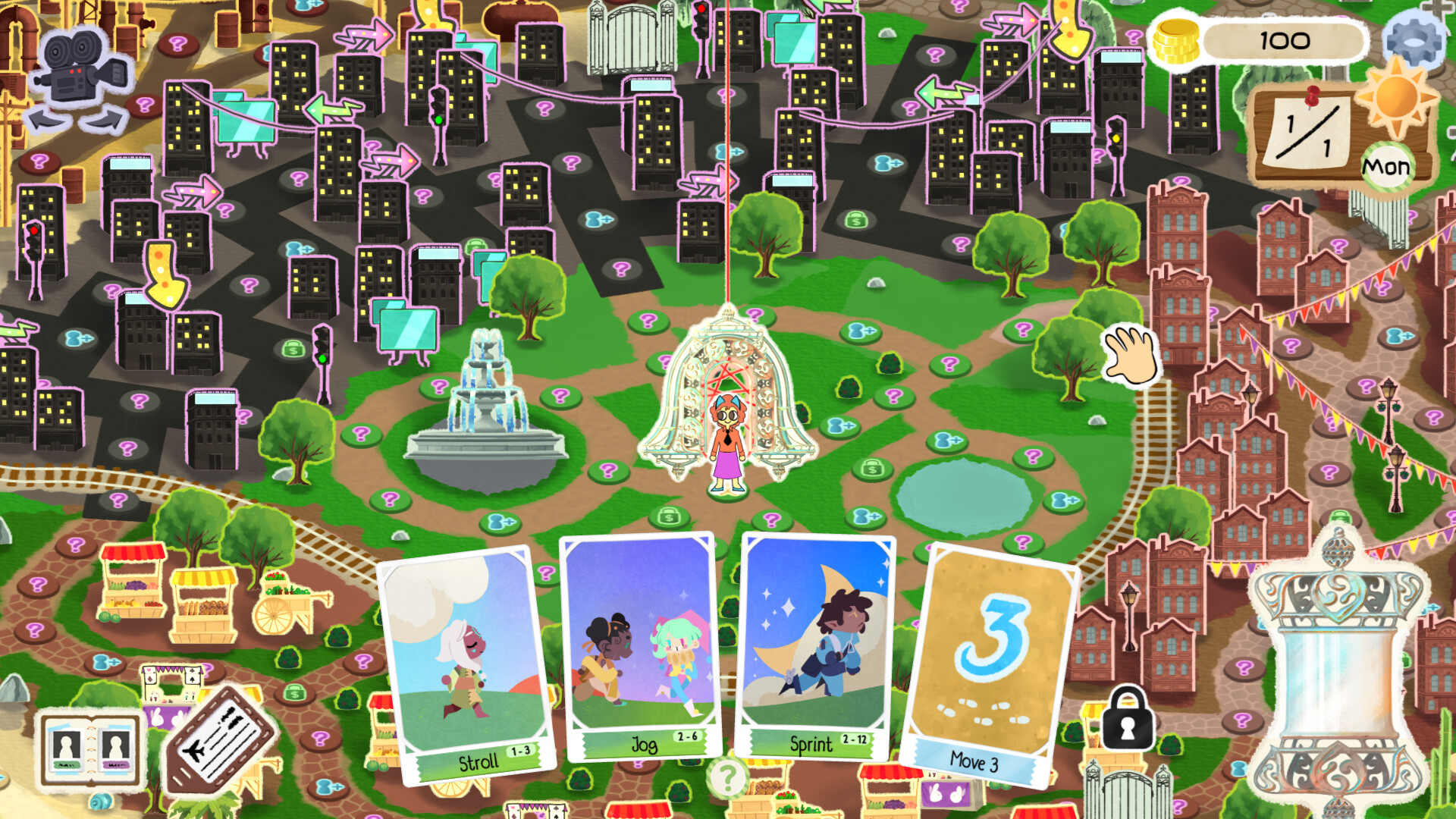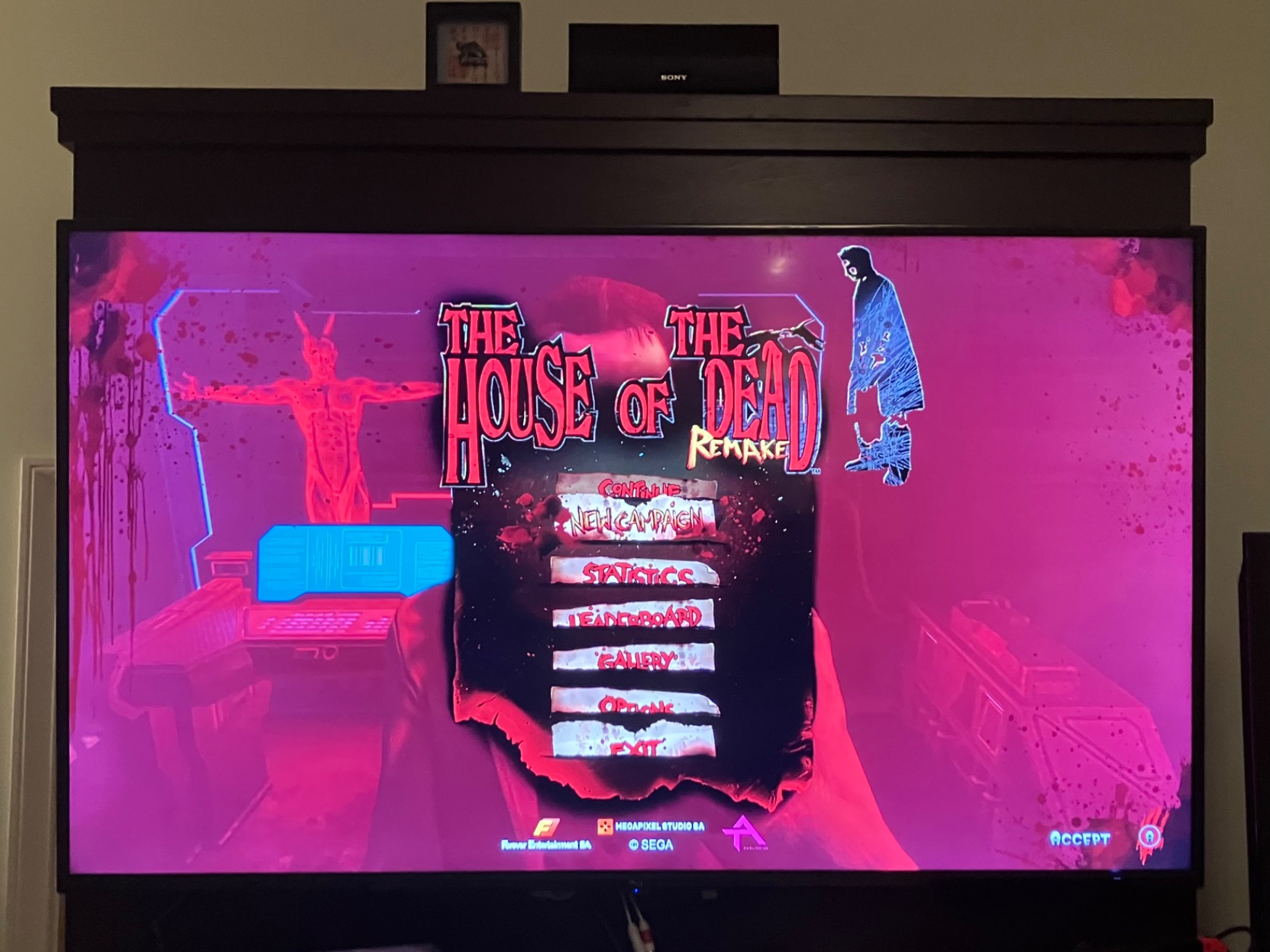TL;DR: Disagree with ideas without disrespecting people. Bring receipts. Leave each other with dignity. No pile-ons. No mobs. No manufactured outrage.
I want this community to be a refuge from outrage culture. Most gaming spaces reward dunks over dialogue. We will not. We can be blunt without being cruel. We can be funny without punching down. We can be passionate without turning every thread into a bonfire.
What civility is
Here are ten concrete behaviors we value. Each one is an action you can take right now.
-
Kindness in delivery
Speak to people the way you want to be spoken to. Direct is fine. Cruel is not. -
Assume good faith
Start with the idea that the other person is trying. Ask a clarifying question before you accuse. -
Critique ideas, not people
Target the claim, the code, the test, the footage, the source. Never the person who posted it. -
Bring specifics
If you disagree, show your settings, hardware, OS, repro steps, or a timestamped clip. Replace vibes with details. -
Be flexible
It is fine to revise, retract, or say you were wrong. That is strength here. -
Consider other contexts
Different rigs and budgets change outcomes. State your constraints and read theirs. -
Encourage contribution
If someone is new or unsure, help them level up. Suggest edits. Share links. Invite better. -
De-escalate
If heat rises, slow down. Ask what would resolve it. Move from public to DM when helpful. Step away if needed. -
Respect boundaries
No demands for personal info. No thread-jacking DMs. Stop when someone says stop. -
Stay on topic
Keep replies aimed at the subject of the thread. Start a new post if you want a different debate.
What civility is not
These are behaviors that undermine discussion. Ten clear no-gos.
-
Tone policing
Dismissing the content of a message because you dislike the way it was said. Engage the point. Do not ignore it because the tone is blunt, frustrated, or emotional. -
Gaslighting
Denying clear words or lived experience to score a point. If someone says a remark felt hostile, listen first. -
Dogpiling
A crowd repeating the same dunk at one person. Even if each post is mild, the effect is harassment. -
Gatekeeping
Purity tests. Real fan nonsense. Credential checks to join a conversation. -
Vote brigading
Coordinating upvotes or downvotes on or off site. Let posts rise or fall on their own. -
Personal attacks
Insults, name-calling, questioning motives by default. Compare ideas, not worth as a human. -
Bad-faith tactics
Straw-manning, quote-mining, sealioning, or moving goalposts. Ask fair questions and accept fair answers. -
Identity attacks
Slurs, dehumanizing language, or targeting someone’s identity. Zero tolerance. -
Doxxing or privacy violations
Sharing private info, hints, or screenshots from private spaces without consent. -
Baiting and derailments
Low-effort provocations, meta drama, and off-topic gotchas that drown the original subject.
Clear examples
Green examples
• “Your benchmark misses shader cache. Here are my steps and numbers.”
• “This reads like marketing. Can you add specifics and sources”
• “Title says native Linux. Store page says Proton. Can we update the title for accuracy”
• “I could not repro the stutter on 580. Pop!_OS, 32 GB RAM, Nvidia 535, Proton GE 9-10.”
Yellow examples
Context matters. Delivery matters.
• Sarcasm used once to defuse tension
• A single spicy joke aimed at a trend or corporation
• Firm mod note that asks for edits
Red examples
• “You sound like an AI/ad copy.”
• “Touch grass.”
• “Everyone downvote this clown.”
• “Real gamers do not play on easy.”
• “You always lie.”
How to disagree well
- Start with a steelman: “If I am reading you right, your claim is…”
- Ask one clarifying question before you counter.
- Bring evidence. Benchmarks, logs, timestamps, sources.
- State your setup and constraints. OS, GPU, resolution, controller.
- Propose a path forward. “If the goal is 60 on mid-range, here is what worked for me.”
Humor, snark, and heat
Jokes are welcome. Keep the punchline pointed at ideas, systems, hype cycles, and corporate nonsense. Do not make your fellow members the target. Roast the console war, not the poster.
Tone feedback without tone policing
You can ask for clearer delivery without erasing content.
• Good: “I want to engage your point. The sarcasm is making it hard to parse. Can you restate the claim”
• Bad: “Your tone is rude, so I will ignore your argument.”
Bystanders: how to help
• Add signal. Share data that resolves the dispute.
• Defuse. “What would fix this for you”
• Report harassment instead of joining it.
• Offer quiet support in DM if someone is getting piled on.
• If you have nothing to add, keep scrolling. Restraint is a contribution too.
Mod approach
We weigh intent and impact. Patterns matter more than one hot moment.
Common actions
• Gentle nudge in-thread
• DM asking for an edit or clarification
• Remove a comment or prune a branch of replies
• Lock a thread that is melting down
• Limited time-outs for repeat issues
• Bans for clear malice or refusal to course-correct
Not every violation is a ban. Not every heated moment gets a lock. We choose the lightest action that protects people and lets good discussion continue.
Appeals
Think we got it wrong
• DM a mod with links and a short explanation
• Add context we might have missed
• If we missed, we fix. Reversals happen
Quick self-check before you post
- Am I attacking the idea instead of the person
- Did I include enough detail to be useful
- Would I say this the same way face to face
- Will this add light or only heat
- If I am wrong, can I edit without ego
FAQ
Can I be blunt
Yes. Be clear without being cruel.
Can I swear
Yes. Do not weaponize it at people.
Can I call something low effort
Critique the post, not the poster. “This needs sources” beats “You are lazy.”
Is satire allowed
Yes, if the butt of the joke is an idea or a trend, not a member.
What about off-site drama
Do not import it here. Summarize only what is needed to discuss the topic itself.
Can I compare someone to an AI
No. That is dismissive and dehumanizing. Explain the problem with the content instead.
In short
Civility is our floor, not our ceiling. We are here to build useful threads, share knowledge, and enjoy games together. If behavior turns toxic, it is a Rule #1 issue. We will act. If you go too hard, own it and adjust. That is how we keep this place better than the average gaming mud pit.
